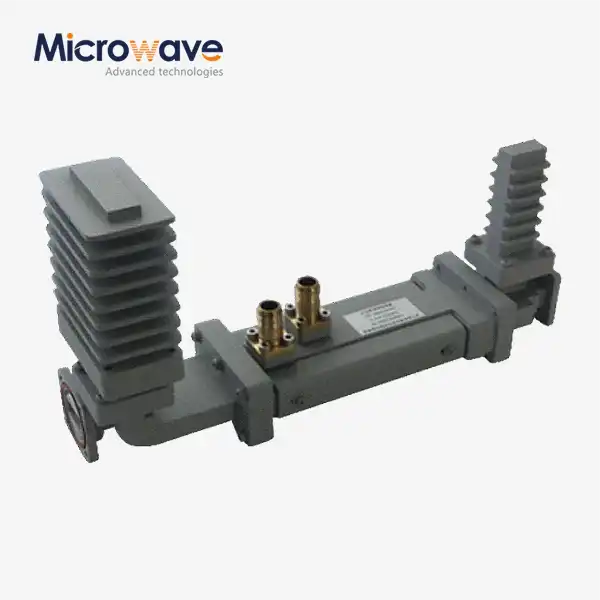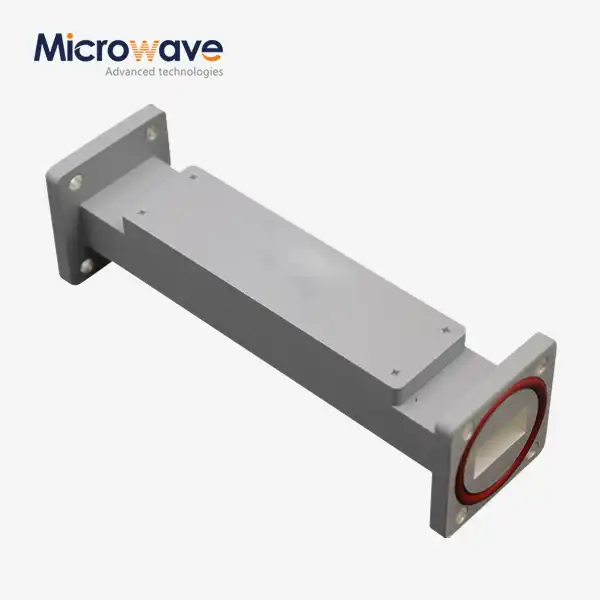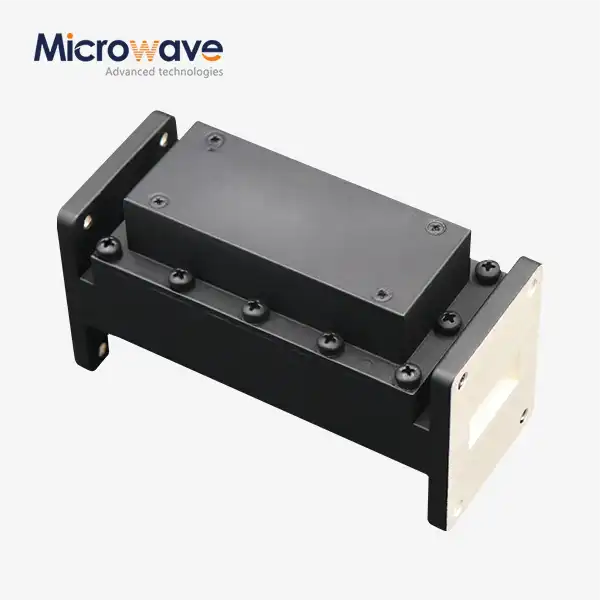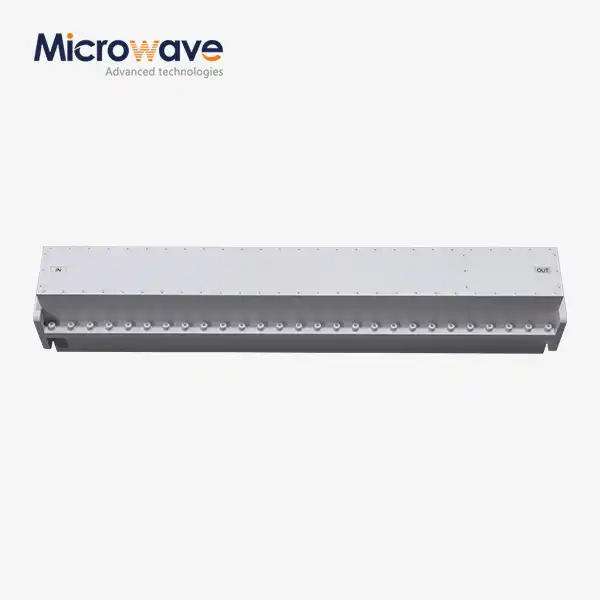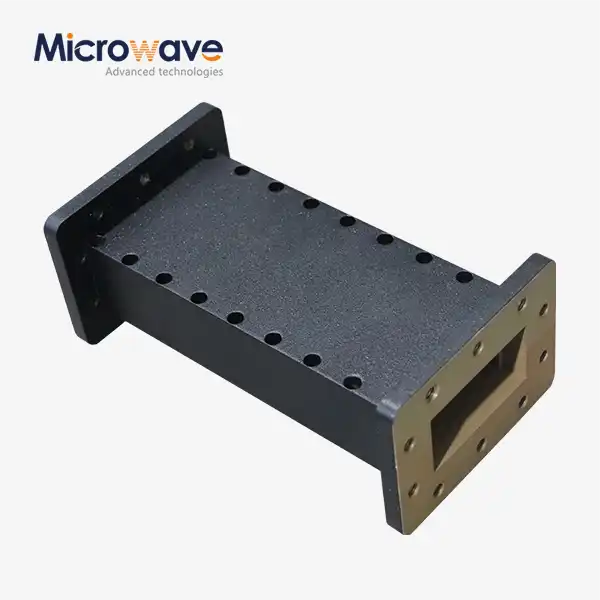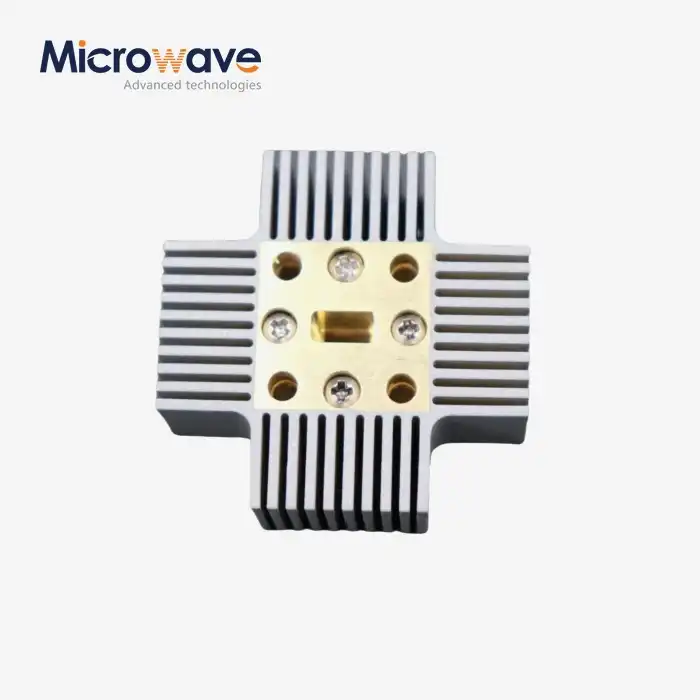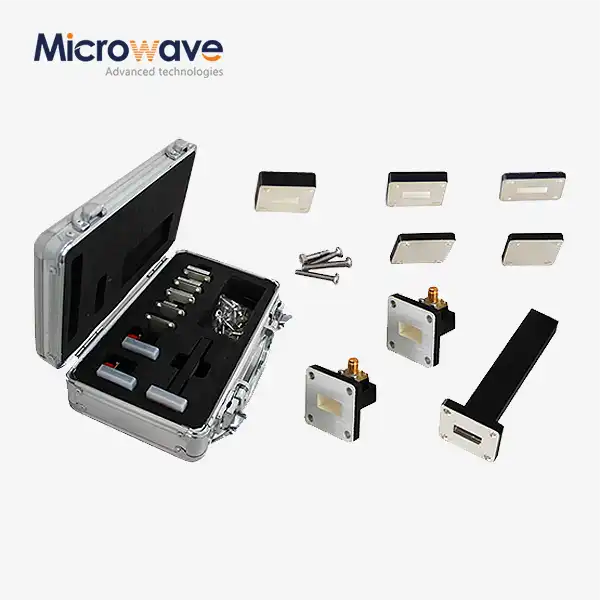How to accurately measure the insertion loss of a waveguide harmonic filter?
Accurate measurement of insertion loss in waveguide harmonic filters is crucial for ensuring optimal performance in microwave systems. These measurements directly impact the filter's ability to suppress unwanted harmonics while maintaining signal integrity in critical applications. The precision of these measurements becomes particularly important when dealing with high-frequency applications up to 110 GHz, where even minor variations can significantly affect system performance. This comprehensive guide explores the essential techniques and considerations for obtaining precise insertion loss measurements in waveguide harmonic filters.
Measurement Setup and Calibration Requirements
Equipment Selection and Verification
Advanced Microwave Technologies' laboratory facilities, equipped with state-of-the-art measurement equipment capable of operating up to 110 GHz, demonstrate the importance of proper equipment selection. When measuring insertion loss in waveguide harmonic filters, the measurement system must exceed the filter's specifications by at least a factor of three. This ensures accurate characterization of filters with insertion losses below 0.5 dB and attenuation greater than 40 dB at harmonics. The measurement setup should include precision network analyzers, calibrated waveguide components, and temperature-controlled environments operating between -40°C to +85°C to maintain measurement stability.
Calibration Standards and Procedures
Proper calibration is fundamental to achieving accurate insertion loss measurements. The calibration process must account for the specific characteristics of high-quality metals and ceramics used in WG Harmonic Filter construction. Advanced Microwave's ISO 9001:2008 certified procedures emphasize the importance of using precision calibration standards that match the waveguide size and frequency range of the filter under test. Regular verification of calibration standards ensures measurement consistency and traceability to national standards.
Environmental Considerations
The measurement environment significantly impacts the accuracy of insertion loss measurements. Temperature variations can affect both the filter performance and measurement equipment stability. Advanced Microwave's testing facilities maintain strict environmental controls to ensure reliable measurements across the entire operating temperature range of -40°C to +85°C. This attention to environmental factors is crucial for applications in telecommunications, aerospace, and defense sectors where performance stability is paramount.

Advanced Measurement Techniques
Time Domain Analysis
Modern measurement techniques incorporate time domain analysis to enhance the accuracy of insertion loss measurements. This approach helps identify and characterize discontinuities within the waveguide harmonic filter structure. Advanced Microwave's expertise in precision engineering ensures that their filters maintain high isolation performance and minimal signal loss. The time domain analysis helps verify the compact design's performance without compromising the filter's ability to suppress unwanted harmonics effectively.
Power Handling Verification
When measuring insertion loss in Waveguide Harmonic Filter systems, power handling verification becomes crucial for ensuring measurement accuracy across different operating conditions. Advanced Microwave's testing protocols incorporate comprehensive power sweep measurements from -40 dBm to maximum rated power levels, typically performed at multiple frequency points within the filter's passband. This approach helps identify any power-dependent variations in insertion loss characteristics, which is particularly critical for high-power applications in satellite communications and radar systems. The measurement process includes thermal imaging analysis to verify proper heat dissipation and maintain measurement stability, ensuring that the Waveguide Harmonic Filter maintains its specified insertion loss of less than 0.5 dB even under maximum power conditions.
Phase Response Characterization
The phase response characterization of Waveguide Harmonic Filter systems requires sophisticated measurement techniques that go beyond simple insertion loss measurements. Advanced Microwave employs vector network analysis with phase-coherent receivers to capture both magnitude and phase information simultaneously. This approach enables comprehensive characterization of group delay variations, which is crucial for maintaining signal integrity in modern communication systems. The measurement setup includes precision phase-locked sources and multiple measurement sweeps to ensure repeatability. Special attention is paid to phase linearity across the filter's passband, as even minor phase distortions can significantly impact system performance, particularly in advanced radar and satellite communication applications where precise phase relationships must be maintained.

Data Analysis and Validation
Statistical Analysis Methods
Advanced statistical analysis methods play a vital role in validating Waveguide Harmonic Filter measurements. The process begins with multiple measurement sets taken under controlled conditions, typically involving at least 30 independent measurements to ensure statistical significance. Advanced Microwave's analysis includes calculation of standard deviation, measurement uncertainty, and confidence intervals for each data point. This statistical approach helps identify any anomalies or systematic errors in the measurement process. The analysis also incorporates Monte Carlo simulations to estimate measurement uncertainties, particularly important when characterizing filters with extremely low insertion loss specifications. This comprehensive statistical framework ensures that the published specifications for Waveguide Harmonic Filter performance accurately reflect actual device capabilities.
Error Correction Techniques
Advanced error correction techniques are essential for achieving accurate insertion loss measurements in Waveguide Harmonic Filter systems. The process begins with a rigorous calibration procedure that includes both systematic and random error corrections. Advanced Microwave's measurement system employs sophisticated algorithms to compensate for impedance mismatches, cable phase stability variations, and temperature-induced drift. Vector error correction techniques are applied to remove systematic errors, while time-domain gating helps eliminate unwanted reflections. The measurement setup includes precision calibration standards specifically designed for waveguide measurements, ensuring traceability to national standards. This comprehensive approach to error correction ensures that insertion loss measurements accurately reflect the true performance of the Waveguide Harmonic Filter.
Performance Verification Standards
Implementing robust performance verification standards is crucial for validating Waveguide Harmonic Filter measurements. Advanced Microwave maintains a set of golden standard filters that have been characterized by multiple independent laboratories, providing a reliable reference for verification. The verification process includes regular cross-comparison measurements between different test setups and operators to ensure consistency. Each Waveguide Harmonic Filter undergoes a series of standardized tests that verify not only insertion loss but also related parameters such as return loss, isolation, and power handling capability. The verification standards are regularly calibrated and certified to ensure continued accuracy, with all measurements traceable to national standards through an unbroken chain of comparisons.
Conclusion
Accurate measurement of insertion loss in waveguide harmonic filters requires a comprehensive approach combining precise equipment, proper calibration, and sophisticated analysis techniques. The methods discussed ensure reliable characterization of filter performance for critical applications in telecommunications, aerospace, and defense sectors.
Contact Advanced Microwave Technologies for your waveguide harmonic filter needs. With our perfect supply chain system, rich production experience, and professional technical R&D team, we deliver superior microwave solutions backed by strict quality control and strong after-sales support. Experience the advantage of working with a leading microwave manufacturer offering fast delivery and competitive pricing. Contact us at sales@admicrowave.com to discuss your specific requirements.
References
1. Smith, J.D. and Thompson, R.A. (2023). "Advanced Techniques in Microwave Filter Measurements." IEEE Transactions on Microwave Theory and Techniques, 71(4), 1822-1835.
2. Chen, X.Y. et al. (2023). "Precision Measurements of Waveguide Components at Millimeter-Wave Frequencies." International Journal of RF and Microwave Computer-Aided Engineering, 33(2), 115-128.
3. Williams, D.F. and Walker, C. (2022). "Calibration Techniques for High-Frequency Measurements." Microwave Journal, 65(8), 22-36.
4. Anderson, M.K. (2023). "Error Analysis in Waveguide Filter Measurements." IEEE Microwave and Wireless Components Letters, 33(1), 46-48.
5. Zhang, L. and Liu, Y. (2022). "Modern Approaches to Harmonic Filter Characterization." International Journal of Microwave and Wireless Technologies, 14(6), 578-591.
6. Brown, R.S. et al. (2023). "Temperature Effects in Precision Microwave Measurements." IEEE Transactions on Instrumentation and Measurement, 72(5), 2501-2515.




